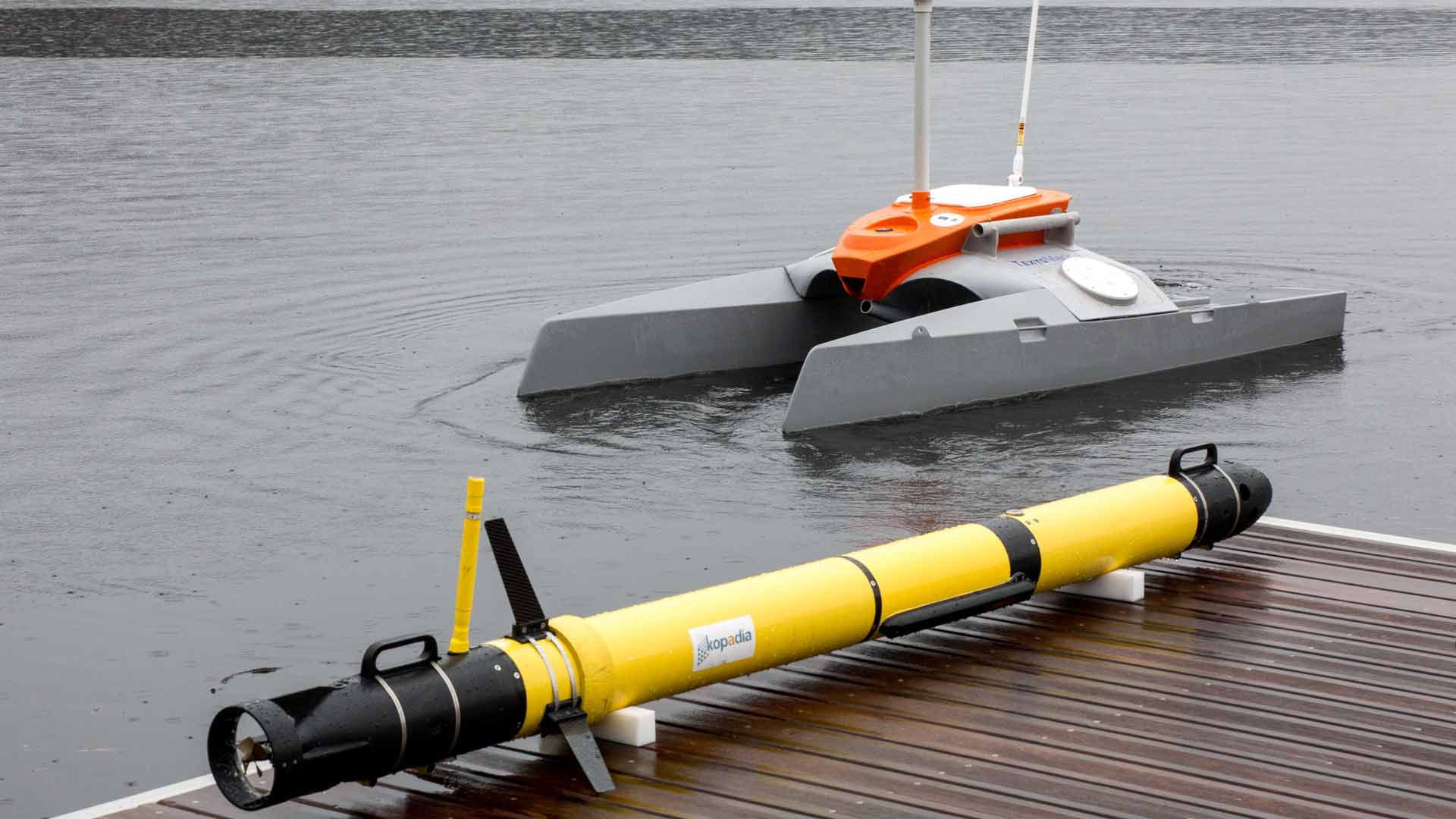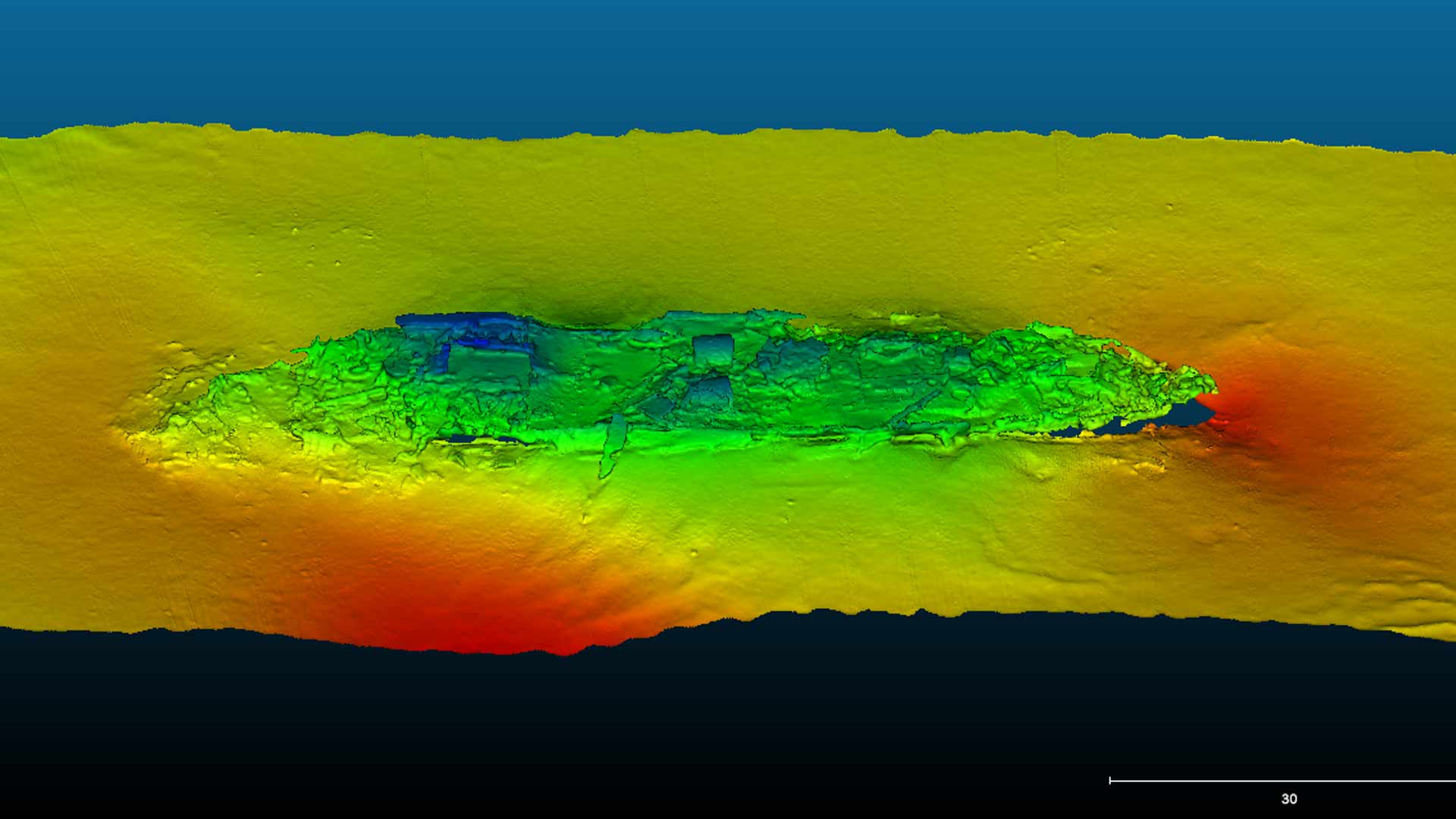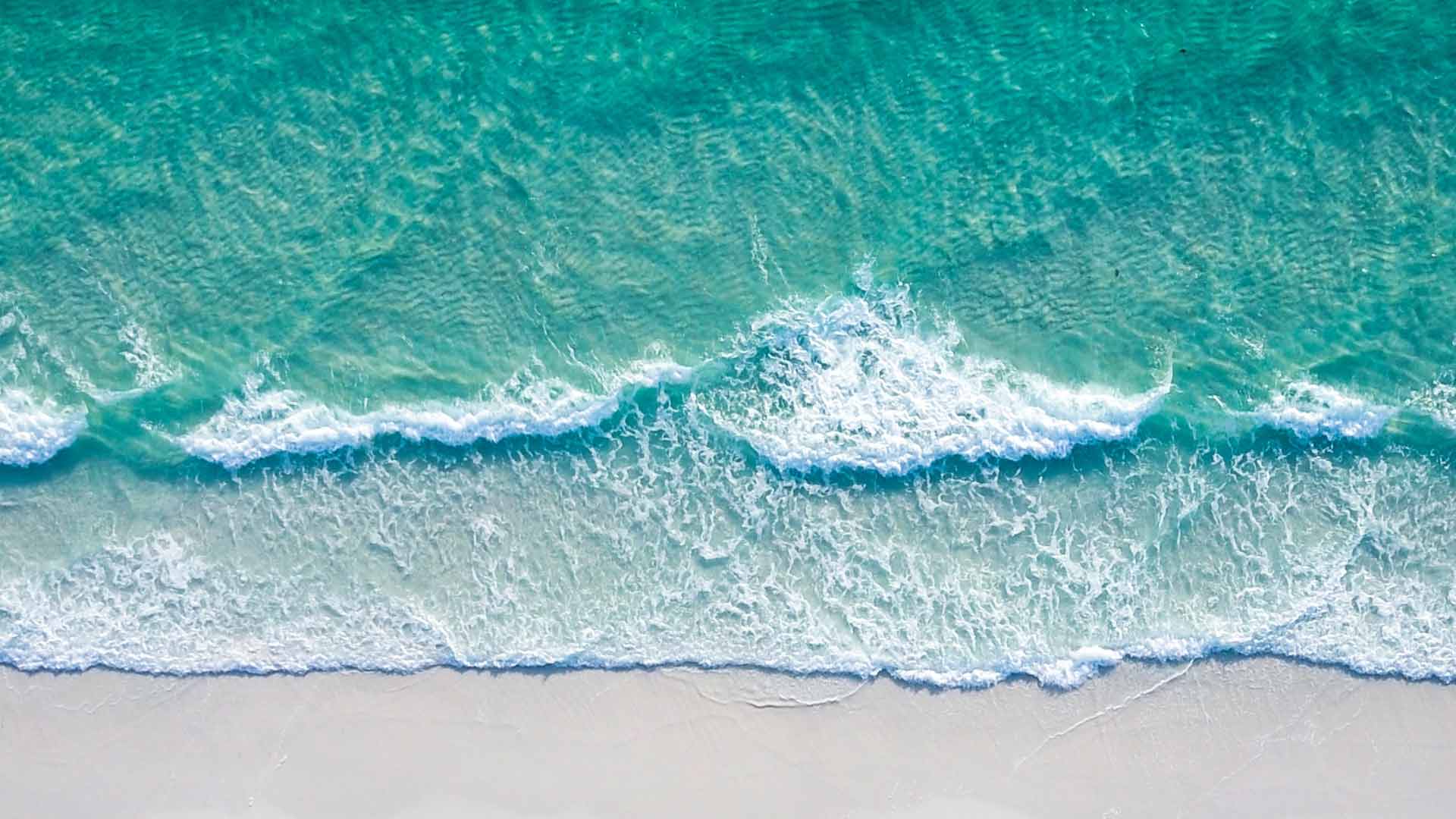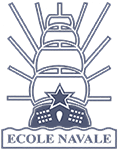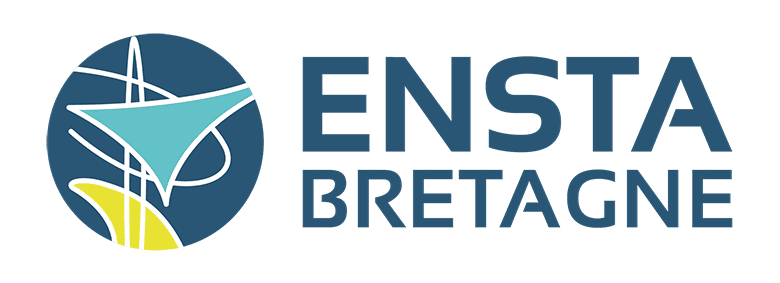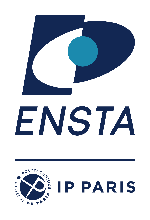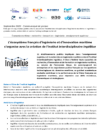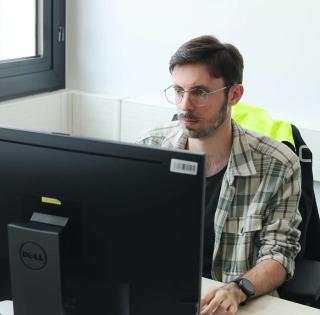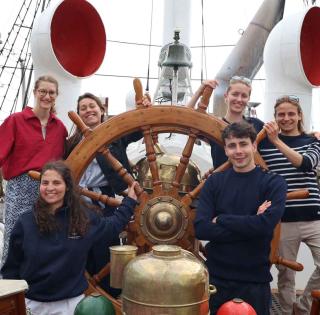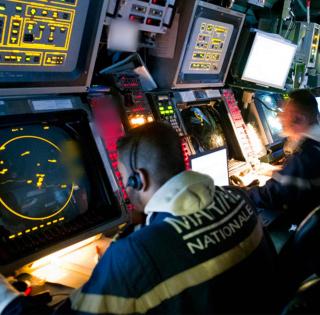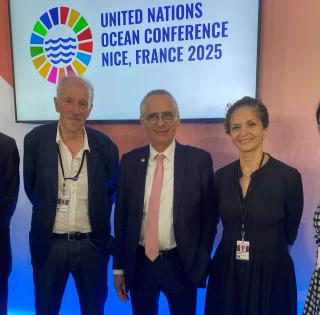

Purpose of the ingéblue institute
Adding this naval innovation institution to the French naval ecosystem provides it with a representative with the aim of ensuring greater inter-regional academic cooperation to serve state bodies, companies and local authorities. The aim is to contribute to France's and Europe's strategic independence in the naval field and to expand its role in the global blue economy, by being at the forefront of sustainable naval development and the security of industries.
Ingéblue's ambitions
- The IngéBlue Institute is open to all institutions involved in higher education and research in naval engineering.
- IngéBlue aims to provide for close, agile and responsive coordination of all the French players involved in the issues of training and research in naval engineering (companies, public organizations, associations, etc.).
- Their collective action in naval engineering will foster the emergence of larger national and international interdisciplinary programs.
- IngéBlue responds to the need for new knowledge and new skills, and their rapid transfer to companies and public players.
- The IngéBlue banner will make work more multidisciplinary, efficient and visible.
The development of the blue economy has flourished over the last few years.
It has been characterized by an increase in the use of all kinds of naval resources (food, energy, etc.), an increase in naval traffic and an ever-greater consideration for environmental and security issues by civil, military, public and private actors. This development is reflected in increased competition, including a global race for technological advances in naval engineering. It is a crucial sovereignty issue for France, which has the world's second largest naval area.
The ingéblue institute is supported by 11 institutions from all over france, and bound by an agreement:
7 grandes écoles graduate and postgraduate schools (ENSTA Bretagne, ENSTA Paris, ENIB, Centrale Marseille, ENSM, IMT Atlantique and Ecole navale), 3 universities (UBS, UBO and Toulon) and the Shom (French naval hydrographic and oceanographic service). It aims to grow rapidly with the entry of other members from the academic world. Its supervision has been initiated by ENSTA Bretagne.
Initial steps
L’institut IngéBlue a permis l’envoi, début juillet, de 5 propositions collaboratives en réponse à un appel à projets de l’Agence de l’innovation de défense (AID). L’Institut va se positionner sur d’autres appels à projets ou appels à manifestation d’intérêt, résolu à faire émerger des propositions qui auront l’atout de fédérer les forces et capacités de ses membres.
contact
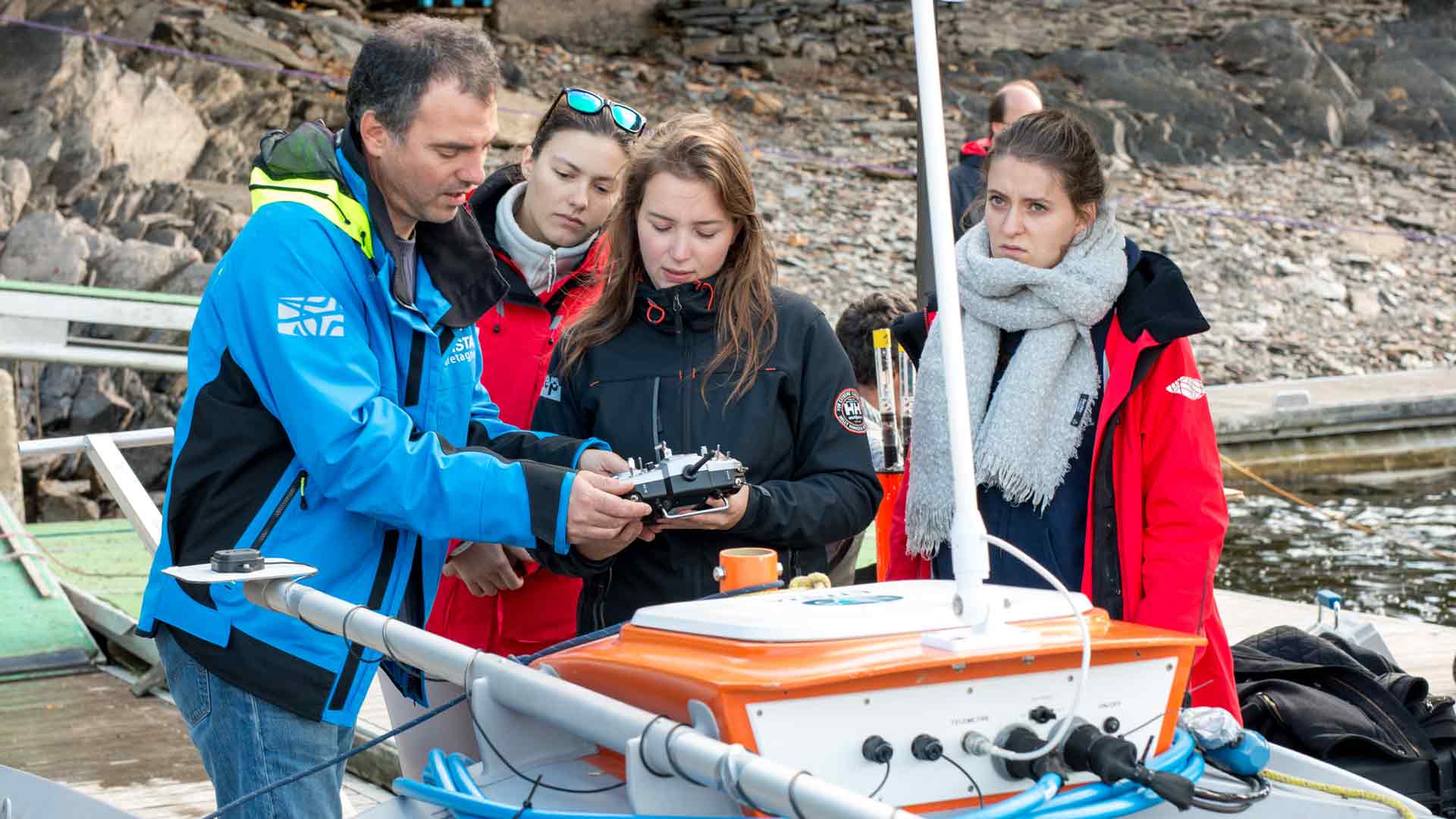
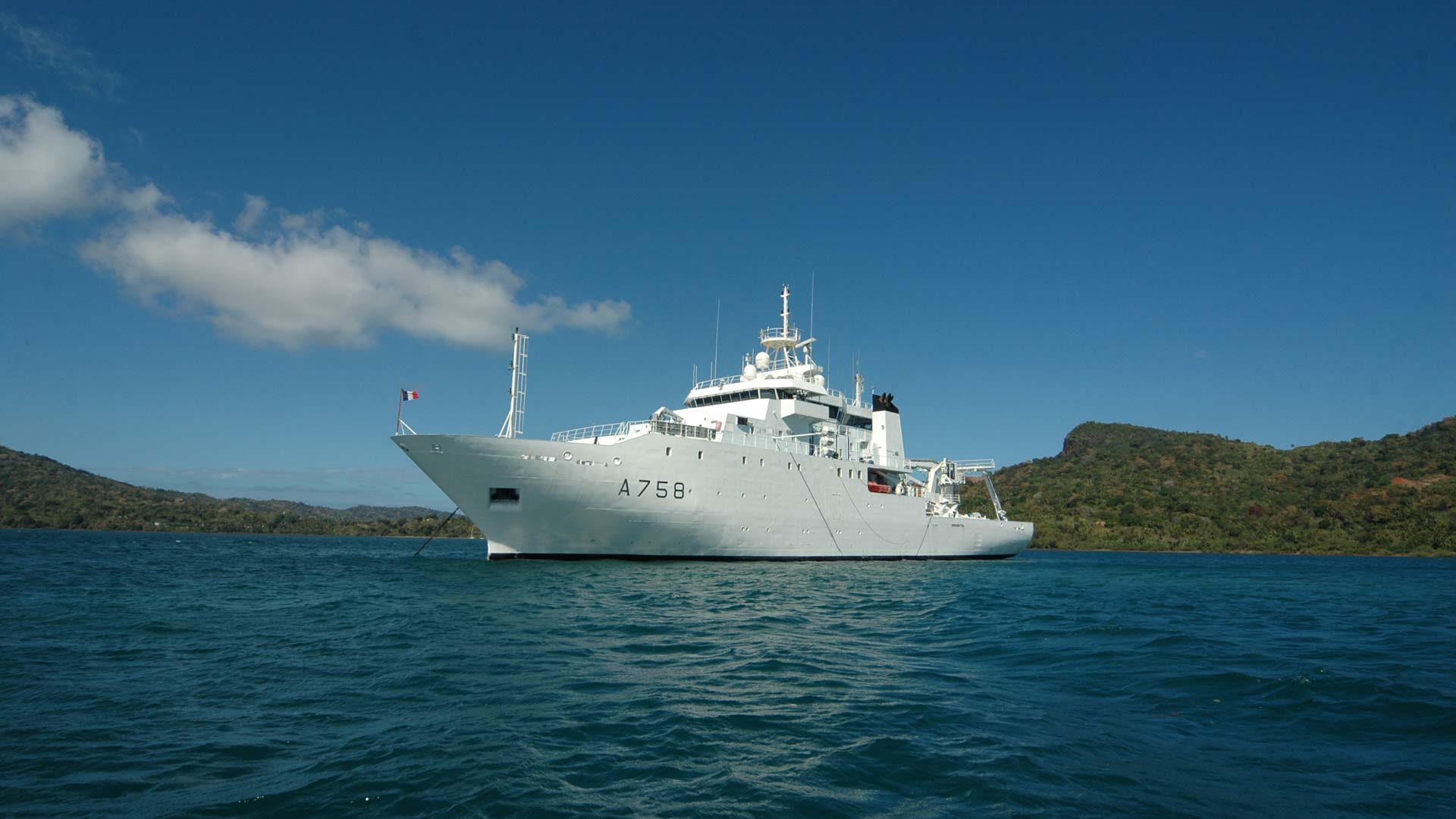
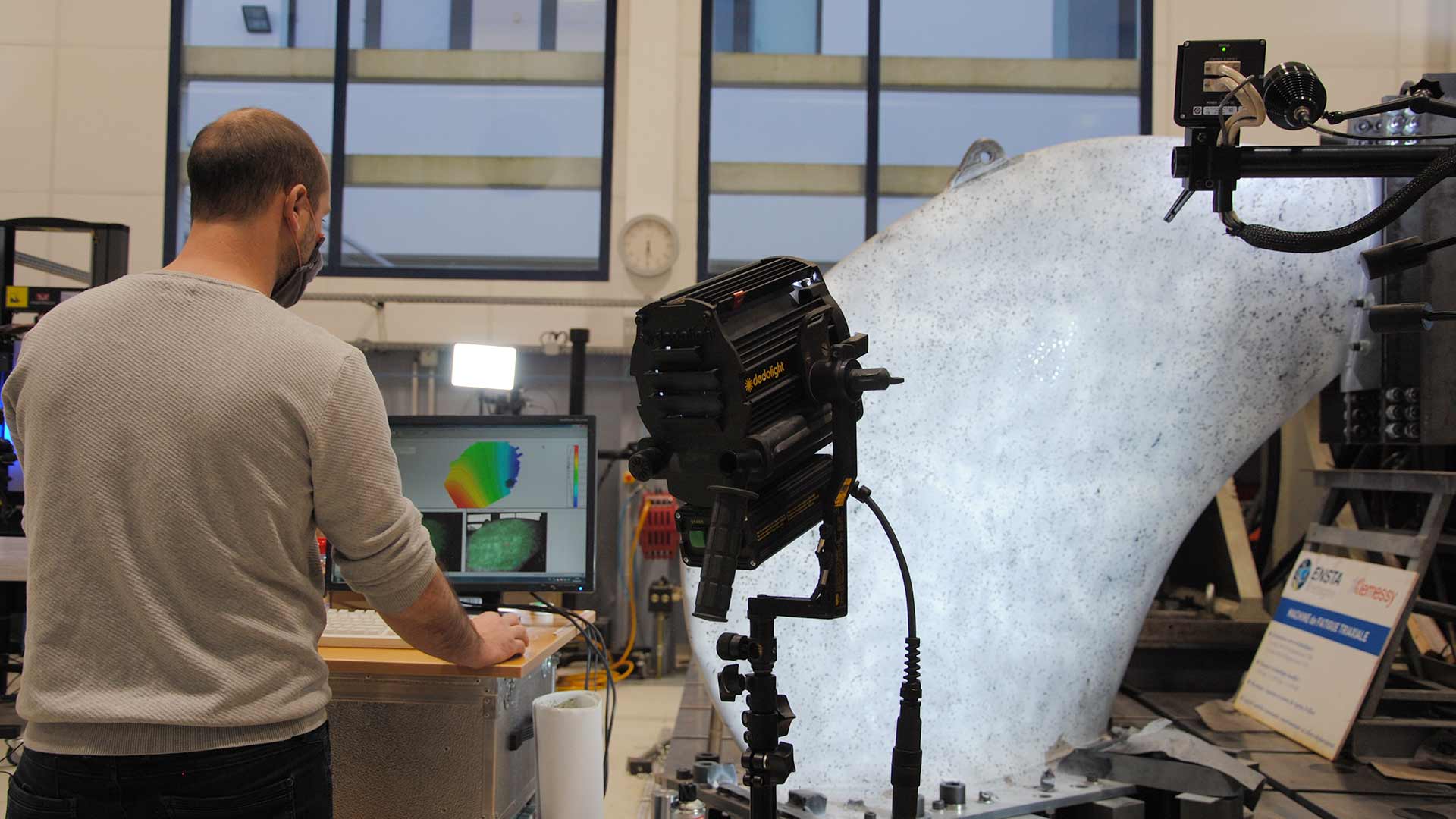
PROJET EUROPÉEN RAMSSES : VERS UNE NOUVELLE GÉNÉRATION DE NAVIRES
Le projet européen RAMSSES a pour objectif d’améliorer la durée de vie des navires et des structures navales européennes tout en réduisant leur empreinte environnementale. Cela passe par le développement et l’intégration de matériaux et de structures innovants permettant l‘allégement et l’amélioration des performances mécaniques de zones structurelles stratégiques des navires.
